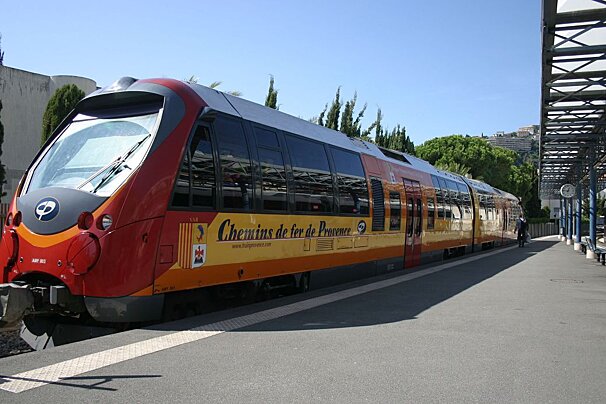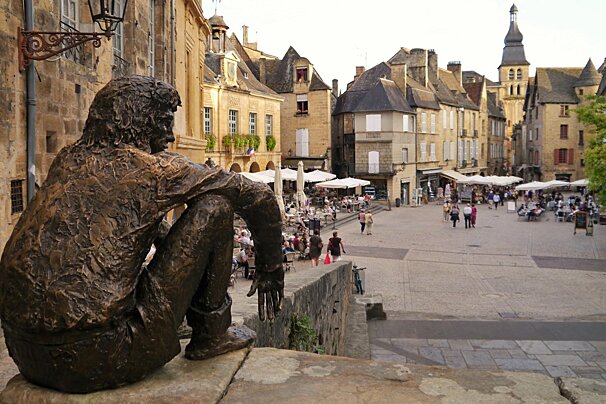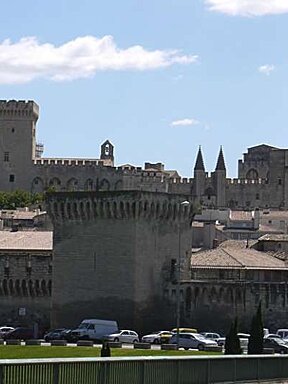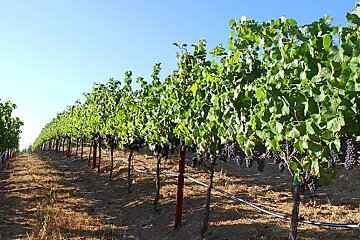
© Londervineyards.com

© wikimedia
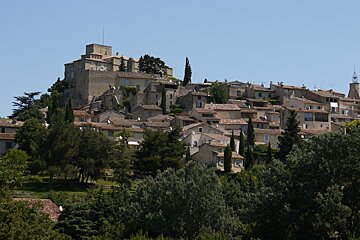
© seeprovence.com/

© T.Humpage
Where to Stay in Provence
Discover the top Provence places to stay
Provence covers the large area of France in the south east of the country, from the French Riviera in the south, to the Alps in the north, and west to Marseille and the Camargue. The French divide up their country into 'regions' of which Provence Alpes Côte d'Azur (also referred to as PACA) is one. This 'region' is then split up into six 'departments': Alpes-de-Haute-Provence, Hautes-Alpes, Alpes-Maritimes, Var, Bouches-du-Rhône, and Vaucluse.
North Provence accommodation
Not officially part of Provence, the Drome is actually in the Rhone-Alps region of France. But it is so beautiful and so close to the northern villages of Vaucluse that we decided to include it in our guide anyway. It lies to the north of Mont Ventoux and Vaison la Romaine.
It is often described as what Provence used to be like before tourism took hold and prices went up. The Drome retains the charm and peacefulness of rural Provence, with olive groves, lavender fields and vineyards belonging to the Cote du Rhone wine region.
The main towns in the Drome are Montelimar, famous for it's nougat, and Nyons, which nestles within green hills, orchards and olive groves. Black truffles are also renowned in this area, with St Paul Trois Chateau being the centre for these gourmet delicacies. Medieval villages are scattered throughout the countryside, with their castles (both ruined & restored), Romanesque churches and weekly markets.
East Provence accommodation
The east of Provence is called the Alpes-Maritimes region and covers what is commonly referred to as the French Riviera or the Cote d'Azur.
You can't help but associate the French Riviera with glamour, wealth, the casino's of Monte-Carlo and the fantastic Cannes film festival. It's a place where the rich and famous have been coming for over 150 years and the grandeur of the coastal promenades that reflect it's aristocratic history.
Nowadays, it is still home to the internationally wealthy who provide a ready & willing clientèle to the numerous designer boutiques, swanky bars and lavish hotels. Behind the glitz however, there is a softer side to the Cote d'Azur with the historic old towns that are filled with little lanes, ancient buildings and old harbours (home to traditional fishing boats and luxury yachts).
Just set back from the beautiful coast with the azur blue waters are the Alpes-Martimes. A string of mountains that offer hiking, cycling, mountain biking, climbing, running and whole host of other outdoor pursuits, along with some delightful hilltop villages.
South Provence accommodation
The eastern region of Provence is called The Var. This area of Provence is probably the most popular for tourism thanks to it's wealth of natural beauty, ease of access and famous hilltop villages. Despite its Mediterranean climate, the Var is very green thanks to run-off water from the French Alps to the north that feeds its rivers. Much of the region is forested (55%) and the natural beauty throughout is a massive draw for the visitor.
In the north lies the Gorge du Verdon, which is often referred to as France's Grand Canyon and is a paradise for outdoor enthusiasts. The rural heartland is home to many historic cathedrals and abbeys, as well as huge swathes of land devoted to vineyards. Here you will find many pretty medieval villages such as Tourtour, Cotignac & Villecroze. And to the south lie the coastal towns of St Tropez in the east and Toulon in the west. Also along the coast lies the wonderful red rocks of the Esterel mountain range, and of course, plenty of golden sandy beaches.
West Provence accommodation
To the west of Provence lies the region of Bouches du Rhone. The Bouches du Rhone region probably isn't a place that most visitors to the south of France will recognise. But it contains some of the area's most popular and interesting places.
Aix-en-Provence, Marseilles, Arles and the Carmargue all fall within the boundaries of the Bouches du Rhone. It is filled with important Roman artifacts, wonderful vineyards in the Alpilles and diverse landscapes from beach to wetlands to mountains that have inspired many famous artists.
Not as lush as its neighbouring Vaucluse & Var regions, the area is drier and feels more 'Mediterranean'. Away from the coast the countryside features the limestone hills of the Alpilles, where the slopes are covered with olives trees and vineyards. The artist Vincent Van Gogh spent time in both Arles & St Remy de Provence, while Paul Cezanne was born in Aix-en-Provence - many of their most famous works were produced in the countryside surrounding these towns.
The two main urban areas are the vibrant university town of Aix-en-Provence and the large port city of Marseille - Marseille airport is the best place to fly into when visiting the area.
Central Provence accommodation
The central area of Provence is called Vaucluse. For many, Vaucluse represents the dream of idyllic rural Provence, often referred to in films and books, where days are spent gathering fruit & veg at the local market, sipping coffee in village squares, and browsing for hidden gems in antiques markets. This is certainly true in the Luberon area in the heart of Vaucluse, with the pretty villages of Gordes, Roussillon and Lourmarin.
For sightseeing, you will find it hard to beat Avignon with it's super-impressive Palais des Papes, galleries & museums and it's performing arts festival which is held every July. But historic monuments are not just restricted to Avignon. Orange and Vaison la Romaine have wonderful Roman remains, and there are a number of historic castles and abbeys dotted throughout.
The river Rhone runs down the west of Vaucluse and along it's banks you will find vineyards of the famous Cotes du Rhone wine region. A trip to Chateauneuf du Pape will be a highlight for wine lovers, who should also consider wines from Cotes du Ventoux and Cotes du Luberon.










